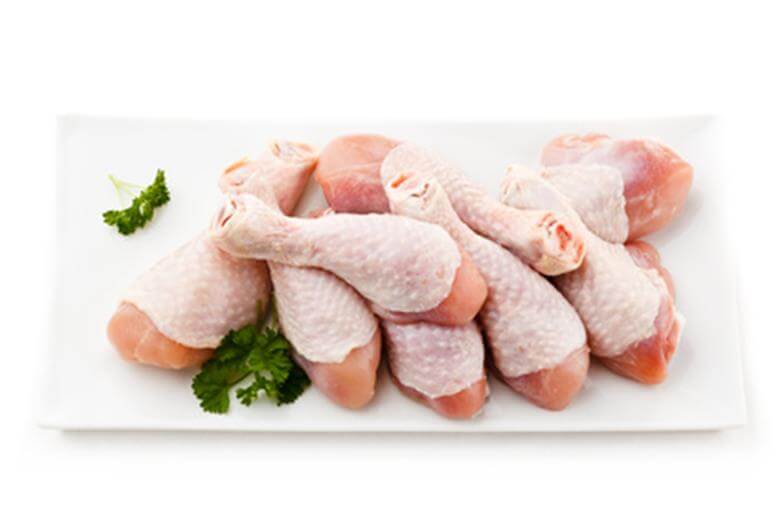Global meat production will increase by 2030, according to recent forecasts by the Food and Agriculture Organization (FAO) and the OECD, but at a slower pace than in the previous decade.
As noted in the study, this increase will be mainly due to poultry production, which is expected to increase by 17% by 2030, compared to 2018-2020, while it is expected that their consumer preference will increase to the detriment of other types of meat.
After all, poultry has been established as a healthier option, while at the same time, they are offered at a lower price. For these reasons, but also due to the current situation of shortage of pork due to African swine fever in Asian countries, most countries are expected to increase poultry production.
The case of Brazil, with a population of 215 million, is also indicative, where beef consumption is at its lowest level in 12 years, as poultry and eggs increase their sales by 7% and 9%, respectively. .
As for other meats, forecasts for 2030 give a 13% increase in pork production, although the clear upward trend will begin after 2023, when it is estimated that the huge wounds in China and other Asian countries will have healed. opened African swine fever. Unlike most parts of the world, pork production in the EU and the UK is not expected to rise, as it will be affected by environmental concerns of consumers.
Beef is expected to show a smaller increase in production over the next decade – just 6% – which reflects a weakening demand for poultry.
On the other hand, the production of mutton, which is relatively small on a global scale, is projected to increase by 16% by 2030. This is mainly due to the growth of the industry in Asia – especially in China, Pakistan, India. In the EU and in the UK, production is expected to remain stable


